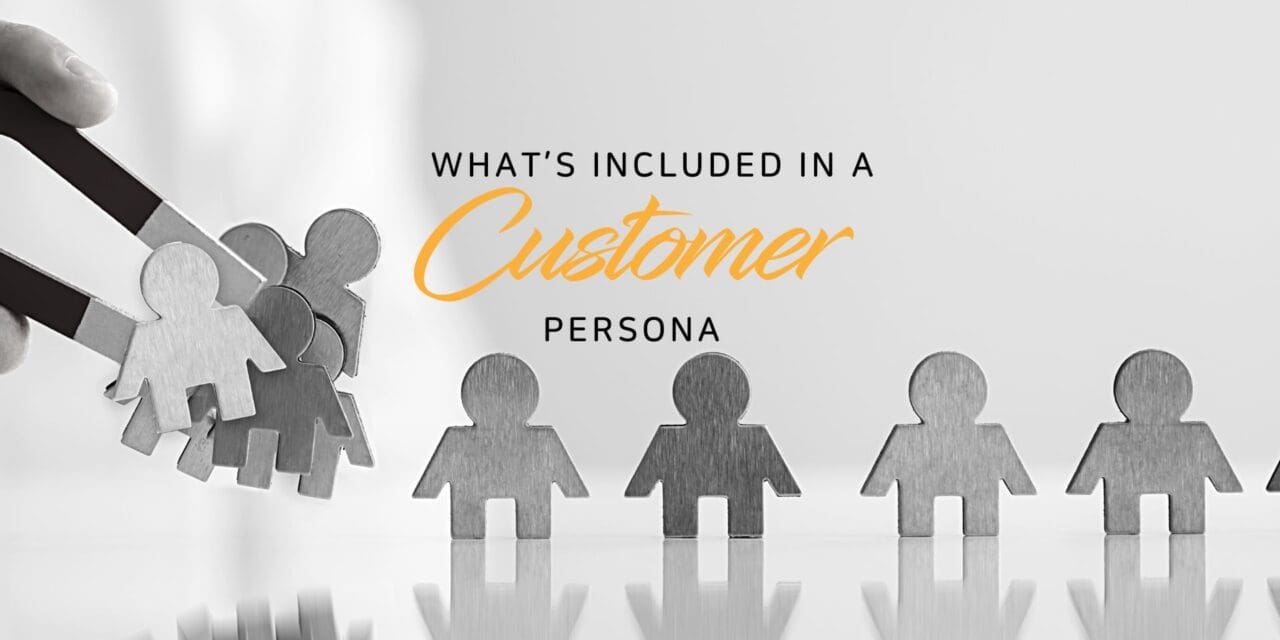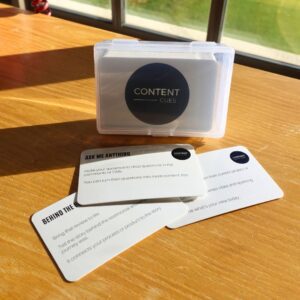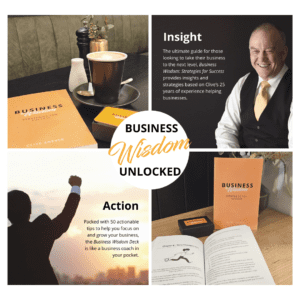Akin to having an imaginary friend in the room to help you make informed choices for your business, this persona is not arbitrary, but clear, concise, and very well researched.
Here’s a guide to researching that customer persona and the types of information they contain.
Be very specific
A customer persona is not a brief description of the customer you’d like to have but instead a detailed bio of an individual that you have created from your target market with a name and image assigned to them.
This persona includes simple information like a name, age, education level, marital status and personality type.
It then goes on to take a deep dive into their goals, frustrations, decision making criteria, favoured brands and the channels they use to access information.
Researching your customer persona
There are numerous ways to compile the information you need to create a customer persona, but often it starts with the clients you already have. After all, these are the people who have already bought from you so your business clearly resonates with them.
Take a good look at your current client database and analyse the shared traits these clients have, including their demographics. Consider their shared attitudes and approach to life, along with the things that drive them to purchase your product or use your service.
Larger organisations will often also bring in their sales people to take part in this exercise, but it doesn’t stop there.
Survey or interview
Surveying or interviewing your customers or prospects might sound like a daunting task but the results it yields can really help you hone your client persona.
Ideally, this involves a 10-15 minute phone chat and you can start it by asking whether they’d mind taking part in research that is aimed at serving them better.
You can also use the power of email surveys to complete this task.
If you’re starting up and don’t yet have customers, look to the reviews and testimonials of your competition to understand the common traits and attributes of your intended customer.
Online research
In the digital age, online research can be a hugely effective way of fleshing out your ideal customer’s personality traits and motivators.
In many cases, you can really glean an insight into people via social media pages. In the meantime the testimonials and reviews that previous customers have left you or your competition can offer a major insight into their painpoints, frustrations and the type of service/product they’re looking for.
Assemble the information
Once you have your information at hand, it’s time to assemble it and often you will be amalgamating a lot of research into simple paragraphs or sentences to describe who your customer persona is.
Once complete, you should create an avatar or use a picture to indicate who your ideal customer is which gives you a better, more personable idea of exactly who you are talking to as a business, and the problems they need you to solve.
In the meantime, some businesses will have more than one customer persona, and that’s more than OK. You might have two or four detailed personas that encompass the specific markets you are looking to target.
It changes over time
Finally, once your persona is complete, use it. Stick it on the wall in your office and run your marketing and business decision making by it. What would your persona say to something, how would they respond to that type of marketing etc.
Also bear in mind that persona can change over time as your business expands, changes course and evolves – which is why a customer persona should be on your annual to-do list, along with updating your business plan.

Discover More in Sales Doesn't Have to be Scary
Every business needs to “Sell” but Sales is a word and concept that often scares business owners and people. Sales doesn't have to be scary join Clive Enever to find out how and why.









